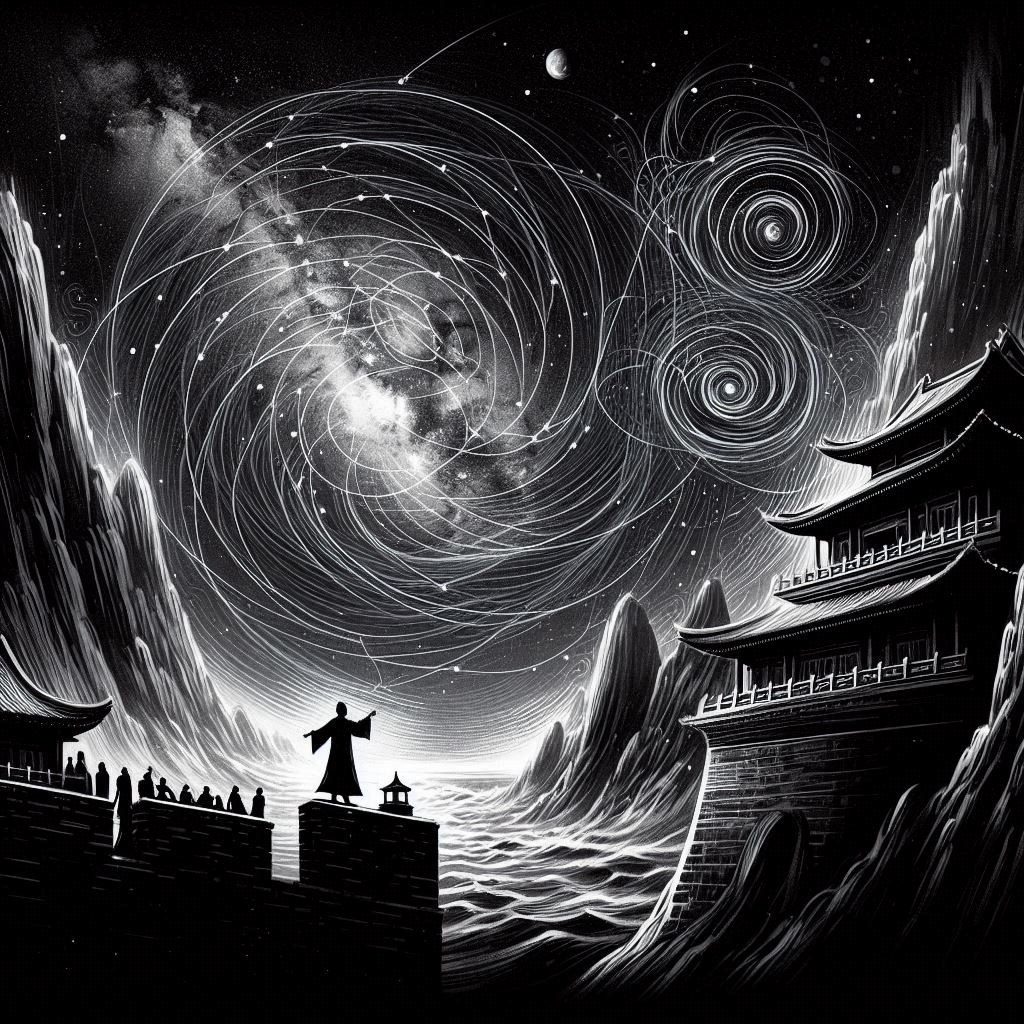















Topological dark matter
Standard Model (SM) with 15 Weyl fermions per family (lacking the 16th, the sterile right-handed neutrino νR) suffers from mixed gauge-gravitational anomalies tied to baryon number plus or minus lepton number B±L symmetry. Including νR per family can cancel these anomalies, but when B±L symmetry is preserved as discrete finite subgroups rather than a continuous U(1), the perturbative local anomalies become nonperturbative global anomalies. In this work, we systematically enumerate these gauge-gravitational global anomalies involving discrete B±L that are enhanced from the fermion parity ℤF2 to ℤF2N, with N=2,3,4,6,9, etc. The B±L discreteness is constrained by multi-fermion deformations beyond-the-SM and the family number Nf. Unlike the free quadratic νR Majorana mass gap preserving the minimal ℤF2, we explore novel scenarios canceling (B±L)-gravitational anomalies while preserving the ℤF2N discrete symmetries, featuring 4d interacting gapped topological orders (potentially with or without low-energy TQFT descriptions) or gapless sectors (e.g., conformal field theories). We propose anomalous sectors as quantum dark matter to cancel SM's global anomalies. We find the Nf=3 uniqueness, when the ℤF2N representation from the faithful B+L for baryons at N=Nc=3 is extended to the faithful Q+NcL for quarks at N=NcNf=9, this symmetry extension matches with the topological order dark matter construction. Key implications include: (1) a 5th force mediating between SM and dark matter via discrete gauge fields. (2) dark matter as topological order quantum matter with gapped anyon excitations at ends of extended defects. (3) topological leptogenesis.
Arxiv (2025)